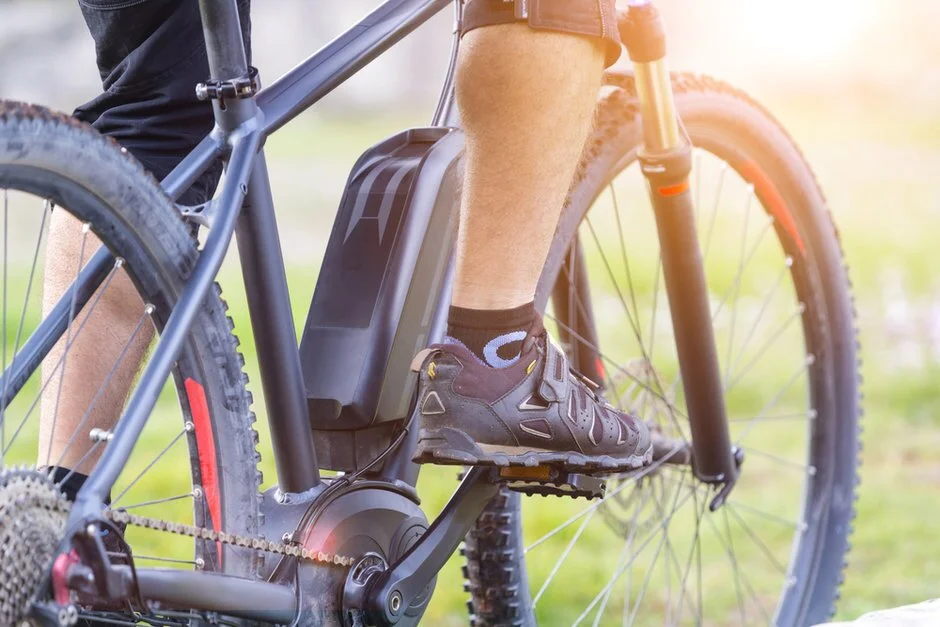
Can California’s E-Bike Vouchers Finally Deliver Without a Hitch?
In a state known for its environmental ambitions, California's E-Bike Incentive Program has become a symbol of both innovation and frustration. As thousands of residents eagerly await their chance to snag up to $2,000 in vouchers for electric bikes, officials are promising a smoother rollout this time around. But will the fixes be enough to handle the overwhelming demand?
The California Air Resources Board (CARB) launched the $31 million E-Bike Incentive Project to promote cleaner transportation options, targeting income-eligible residents to ditch gas-guzzling cars for eco-friendly e-bikes. However, the program's initial rollouts in December and April were plagued by technical glitches, leaving applicants frustrated and vouchers unclaimed. Websites crashed under high traffic, and security threats forced abrupt shutdowns, drawing comparisons to chaotic events like Taylor Swift ticket sales.
During a press briefing, CARB spokesperson Lisa Macumber acknowledged the chaos: "We had over 150,000 people trying to get into the program, and we only have 1,000 vouchers. We understand their frustration completely." This sentiment echoes the program's troubled administration by San Diego nonprofit Pedal Ahead, which faced accusations of falsifying records and is now under investigation. Founded by former FBI informant Edward Clancy, Pedal Ahead has been criticized for mismanagement, prompting CARB to plan a contract re-bid this summer.

To address these issues, CARB has enlisted industry giants Akamai Technologies and Queue-it for the next application window on May 29. This "revamped" process includes a virtual waiting room and random queue system to ensure fair access. It's a significant upgrade from previous attempts, where high volumes of traffic led to outages. As one article noted, the program has already approved over 1,000 vouchers totaling more than $2 million, with about 90% redeemed, proving its potential to boost zero-emissions transport.
Comparatively, this initiative aligns with California's broader environmental goals, offering subsidies for class 1, 2, or 3 e-bikes to low-income households. For instance, a single-person household must earn under $45,180 annually to qualify. Critics argue that while the program promotes green policies, its execution highlights gaps in technology infrastructure. If successful, it could set a precedent for other states, but repeated delays raise questions about equity and accessibility.
Looking ahead, CARB plans a final round of about 9,000 vouchers in 2026, pending new funding. This program not only incentivizes sustainable living but also addresses climate challenges by reducing emissions. As residents prepare to apply, the key question is whether these changes will prevent another flop.
In summary, California's E-Bike Incentive Program represents a vital step toward a greener future, but its rocky path underscores the need for reliable systems. What do you think—will this round finally succeed? Share your thoughts in the comments below and let us know if you've tried applying before.